Mar de Plata, Argentina, March 11th 1921; those are the place and the moment when Astor Piazzolla was born. Only child of Asunta Manetty and Vicente Piazzolla (who was also called Nonino). When he was four years old, he moved with his family to New York where they lived for more than a decade, except for a brief visit in 1930.
When Astor was eight years old, his father gave him a used bandoneon (accordion) that cost 18 dollars. “He brought a wrapped box and I was excited because I thought it contained the skates I had asked him many times before. It was a disappointment because instead of skates, it contained a thing I had never seen in my life.”(*)
After several attempts with poor results, Astor studied a few months with Andrés D’Áquila, his father’s friend; which encouraged him to play in public. In 1933, Astor took piano lessons from Bela Wilda, a Hungrian Pianist who was Sergey Rachmaninov’s disciple. This is how Astor remembered it: “Wilda had a grand piano. Nor him, nor my parents had much money. (.)
I started piano lessons because my mother did his manicure and sent him a huge pasta bowl twice a week. (.) He taught me to love Bach’s work.”
Soon after, Astor met Carlos Gardel who became friend with his family. The singer used to recruit Astor as translator and as errand boy. Also, Gardel insisted Astor to perform a scene in the movie Tango Bar (1935), featuring a paper boy. That sequence, which was insignificant for the film, bond Piazzolla and Classical Tango together in a premonitory, almost magical way.
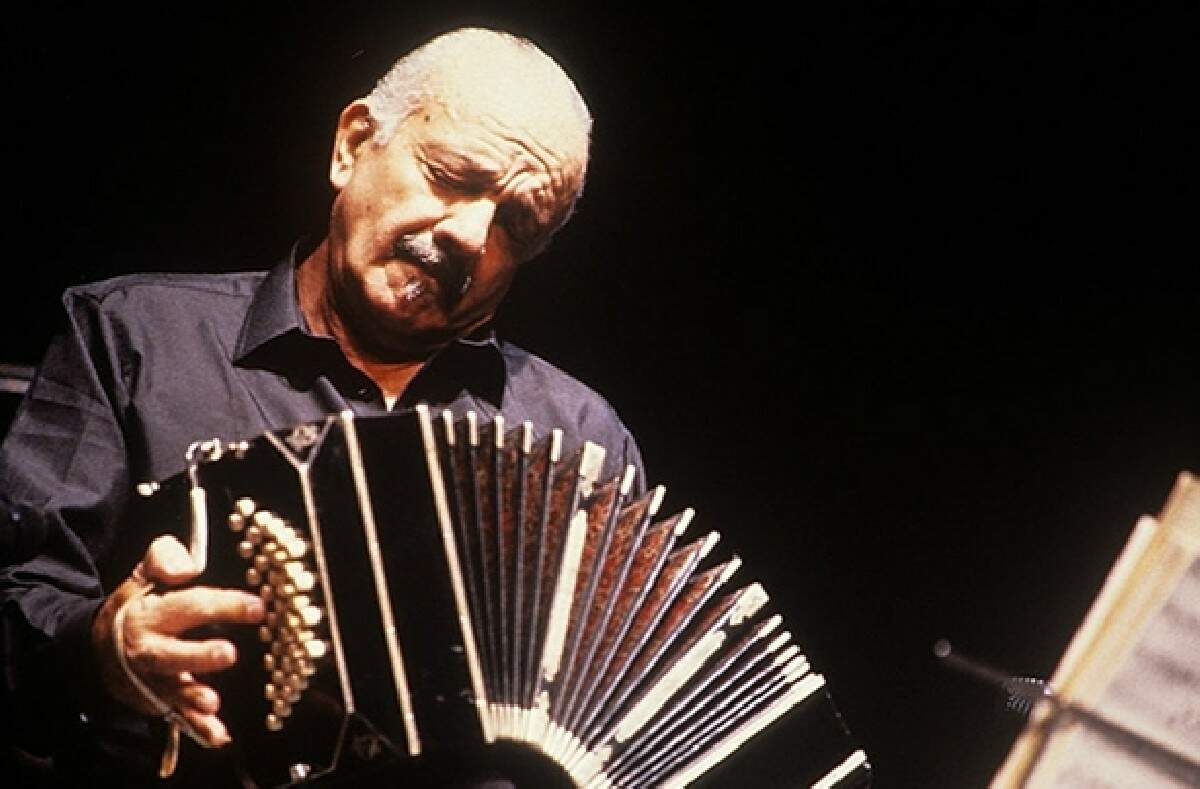
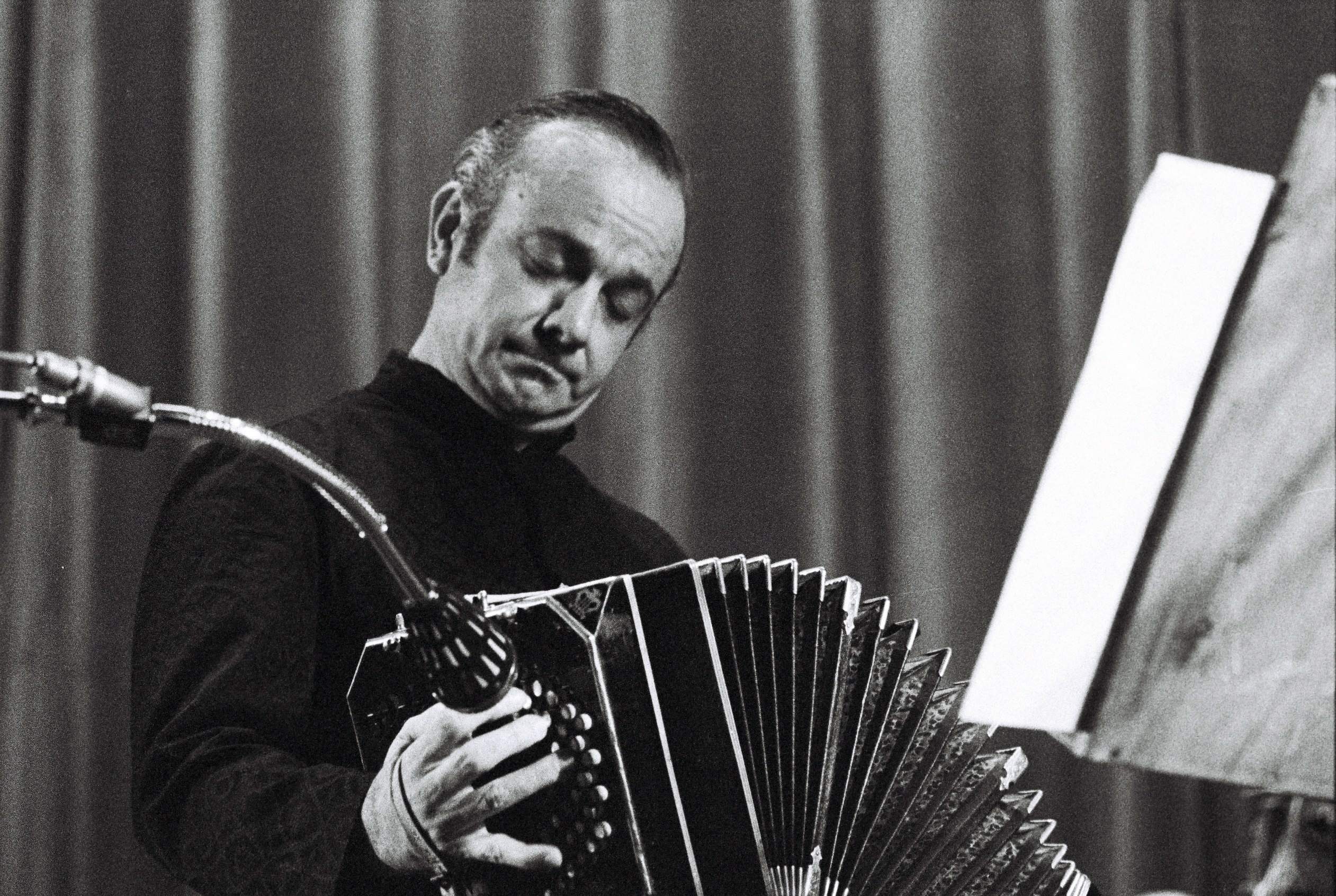
In 1936 The Piazzolla went back to Mar de Plata and Astor started to play in some ensembles. The teenager listened to Elvino Vadaro’s sextet (who would be his violinist years later) and was enchanted by the particular way he expressed Tango music.
In 1938, Astor moved to Buenos Aires and after joining a few ensembles, he had his golden opportunity. He joined Anibal Troilo Pichuco’s orchestra, a legendary bandoneon player, whom Astor considered to be one of his teachers. It was 1939 by then.
En 1942 se casó con Dedé Wolf y del matrimonio, nacieron Diana (1943) y Daniel (1944). Por entonces sus arreglos eran ya demasiado avanzados para la época y Troilo solía atenuarlos para no ahuyentar a los milongueros.
Astor celebró el nacimiento de Diana con una composición erudita: Suite para cuerdas y arpa.
Y en 1944, disuelto ya su vínculo con Pichuco, condujo la formación que acompañó a otro emigrante de Troilo: el cantor Francisco Fiorentino.
In 1942 Astor married Dedé Wolf and they had two children: Diana in 1943 and Daniel in 1944. By then, Astor´s arrangements were too advanced for the music of the time, and Troilo used to attenuate them so the Milonga’s fans were not driven away.
Astor celebrated Diana’s birth with an erudite composition: “Suite para cuerdas y arpa” (Suite for Strings and Harps)
After this, he formed his first ensemble which he directed for three years. Although his formation as a musician was traditional, by that time Piazzolla started to show a clear renovating impulse through his work and his dynamic arrangements, as well as through the creation his singular harmonics.
That modern and different music suggested by a young director, woke a wave of curiosity among Traditional Tango followers.
In 1946 he composed El desbande (the rush), which he called his “First Tango” because it opened a new formal music structure, very distinctive from the traditional one. Soon after, he started writing scores for films.
In 1949 he felt the need to disband his first orchestra and he distanced himself from the bandoneon and tango. He was searching for a new path, a path closer to Bela Bartok and Igor Stravinsky’s esthetics. Astor learned orchestration with Hernan Scherchen while he visited Buenos Aires and he listened to jazz a lot. He wished to master another kind of expression; therefore, at the age of 28 he devoted his time to study and compose.
Nonetheless, between 1950 and 1954 he came back to play tango with a group of clearly renovated oeuvres which started to redefine his style: Para lucirse Tanguango, Prepárese, Contrabajeando, Triunfal, Lo que vendrá.
In 1953 he debuted in the Fabien Sevitzky contest with three symphonic movements titled Buenos Aires. The work composed in 1951 won the first place award and it was interpreted at the Low Faculty of Buenos Aires by the State Radio Symphony with the direction of Sevitzky. The racket promoted by elites was compared to the one promoted in Paris by the Igor Strawinsky’ Spring Consecration, danced by the great Vaslaw Nijisnky. In the case of Piazzolla, the excuse for the yelling, insults and punches was the inclusion of two Bandoneons in the orchestra.
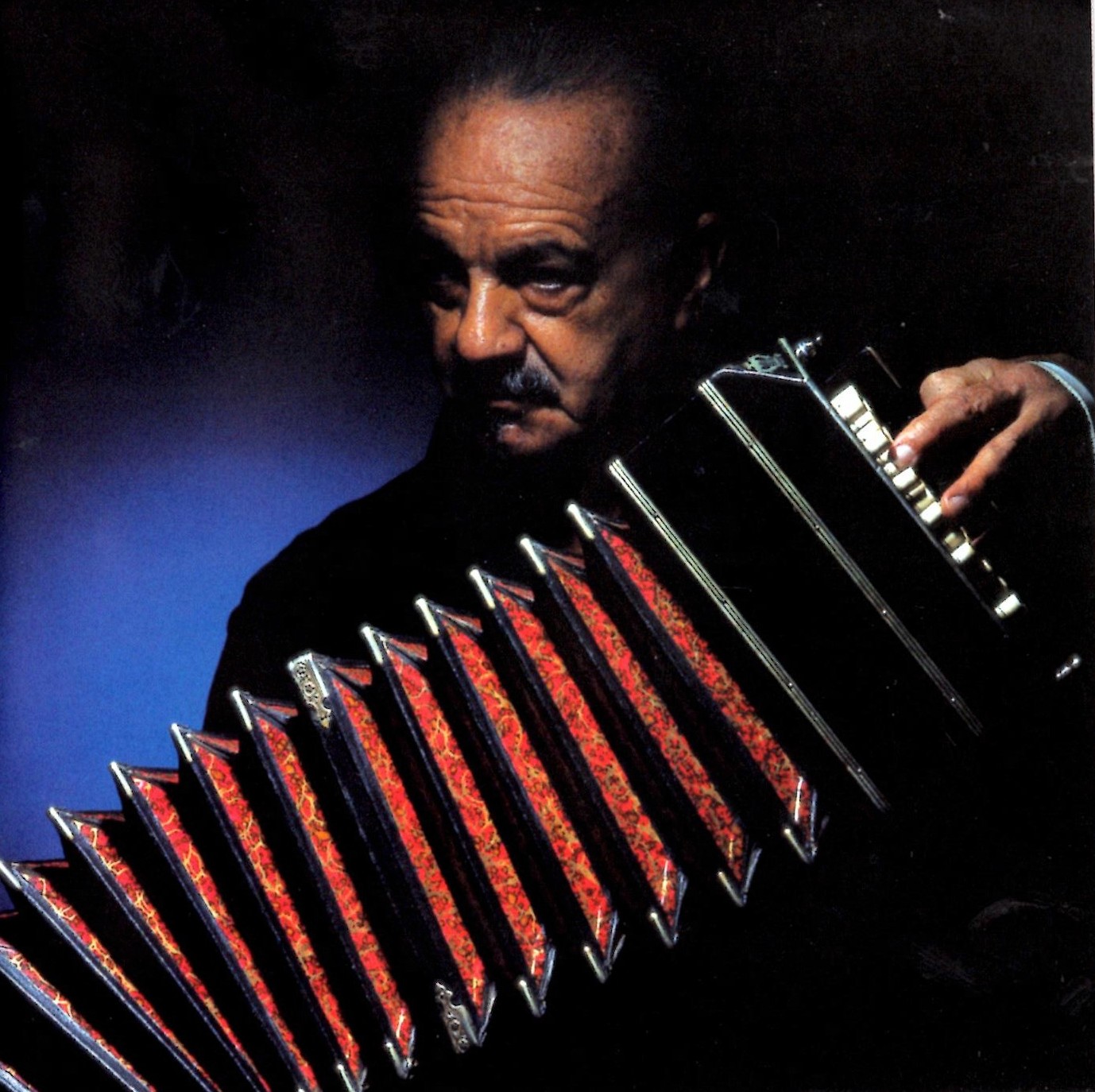
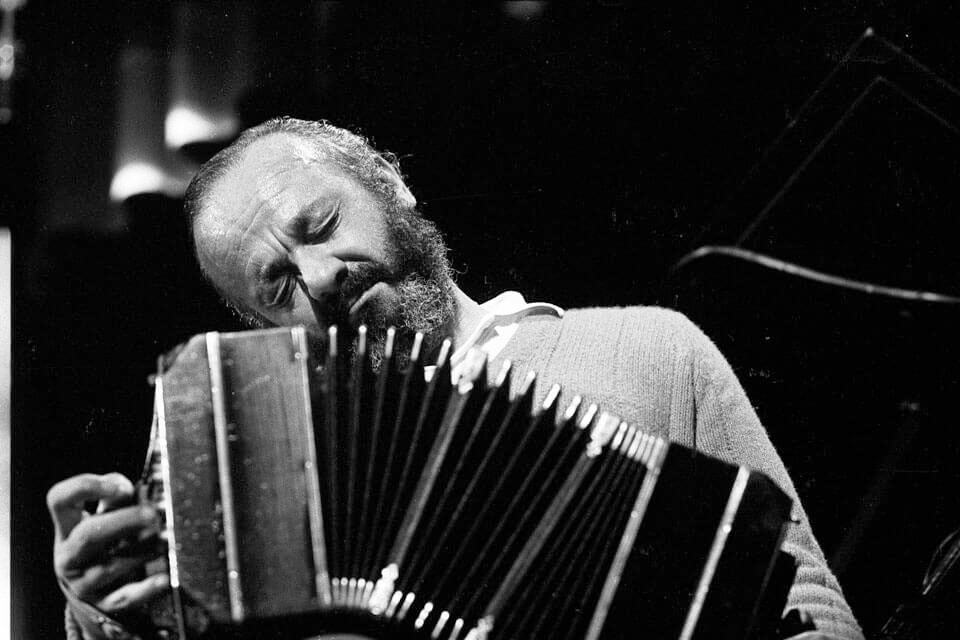
The following 10 years were the best for Piazzolla when talking about acknowledge of his art work and music diffusion. He was acclaimed by the crown during his tours around Europe, South America, Japan and United States. He became prodigal in concerts with Quintets, symphonic orchestras, string quartets, his sextet and solo performance. Quite a big number of recordings testify this triumphal period which lasted until 1990.
In 1982 he composed Le Grand Tango for cello and piano, dedicated to the great Russian cellist, Mstislay Rostropovich. The piece was first played by Rostropovich eight year later. In 1983, the most important Argentinean stage, Colon Theater, paid a well deserved tribute to Astor with a program dedicated to his work. For the occasion, Astor reunited his ensemble “Conjunto 9”. He also performed a solo of his famous Bandoneon and Orchestra Concert with the National Symphony which was directed by Pedro Ignacio Calderón.
In 1984 performed with the Singer Milva live at the Bouffes du Nord and he performed with the quintet in Vienna, where he recorded the CD live in Wien.
In 1985 Astor was named Illustrious Citizen of Buenos Aires. That year he opened a concert for Bandoneon and guitar named Tribute to Lieja, with the direction of Leo Brouwer, at the fifth International Guitar Festival in Belgium.
In 1986 he received the French critics Cesar award for the soundtrack of the movie Gardel’s exile. He also was part of the Jazz Festival at Montreux, Switzerland, where he recorded with Gary Burton “Suite for Vibraphone and New Tango Quintet”.
A year later he recorded a live performance with the St. Luke’s orchestra, directed by Lalo Schifrin. In front of an exited crowd, he played his Bandoneon Concert and his three tangos for bandoneon and orchestra. Finally, the city of his childhood was paying attention to his work, as it was reflected on the records edited in United States during the 80’s such us: Tango Zero Hour, Tango apasionado, La Camorra, Five Tango Sensations (con el Kronos Quartet), Piazzolla with Gary Burton, among others.
In 1988, few months after recording La Camorra, he underwent a quadruple by-pass surgery. At the beginning of 1986 he formed which would be his last ensemble, the Nuevo Tango Sextet with an unusual combination: two bandoneons, a piano, an electric guitar, a double bass and a cello.
In June of that year, he performed at the Opera Theater in Buenos Aires and went on an extensive tour around United States, Germany, England and Netherlands. By the end of 1989, he dissolved his ensemble and continued playing solo with string quartets and symphony orchestras. The Down Beat magazine classified him as one of the best instrumentalist of the world. He suffered a cerebral hemorrhage, in Paris, On August 1990. After two years of suffering the consequences of this disease, he died in Buenos Aires on July, 04th 1992. His work, composed by more than a thousand pieces, had influence on the best composer of his time, and gave Tango a new image, a universal one.
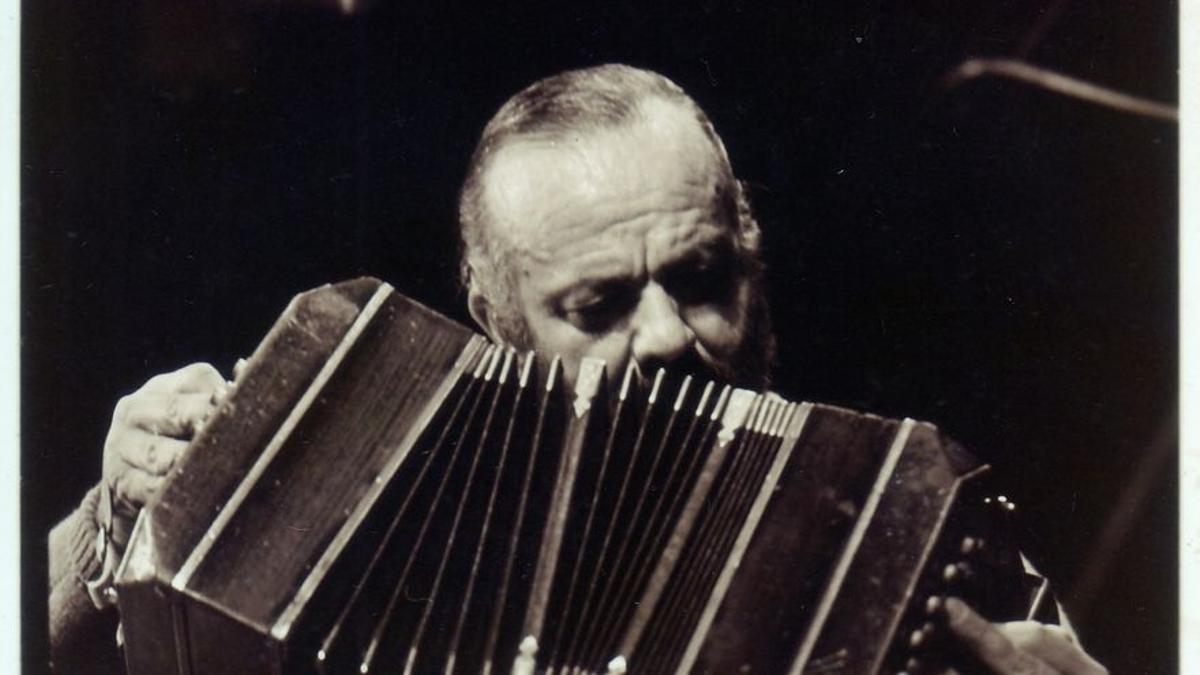
Every day of the year, except Christmas Eve.
Tango class for rates Dinner Show: 8:00 p.m.
Dinner: 8:30 p.m.
Show: 10:00 p.m.
